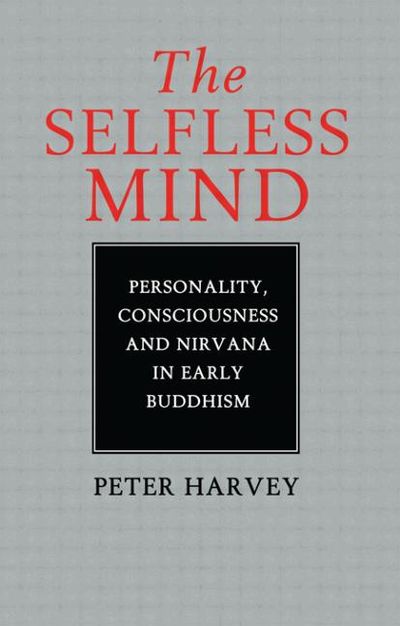No edit summary |
No edit summary |
||
| Line 97: | Line 97: | ||
*{{i| ''The shining citta and the Buddha-nature''| 114}} | *{{i| ''The shining citta and the Buddha-nature''| 114}} | ||
*{{i| ''The shining citta and the realms of rebirth''| 111}} | *{{i| ''The shining citta and the realms of rebirth''| 111}} | ||
<br> | |||
*{{i|11 NIBBĀNA AS THE TIMELESS 'STOPPING' OF THE ENTIRE PERSONALITY|180}} | |||
*{{i| ''The nibbāna-element without remainder of upādi''|181}} | |||
*{{i| ''Nibbāna during life as not ever-present in the | |||
Arahat''|182}} | |||
*{{i| ''The 'stopping' of the personality=factors during life''|185}} | |||
*{{i| ''Nibbānic 'stopping' and nirodha-samāpatti''| 187}} | |||
*{{i| ''Re-entry to the state of 'stopping'''|188}} | |||
*{{i| ''Nibbāna during life as 'unborn', 'unconstructed' and 'deathless'''|189}} | |||
*{{i| ''Nibbāna as a timeless object of insight''|193}} | |||
<br> | |||
12 NIBBANA AS A TRANSFORMED STATE OF DISCERNMENT 198 | |||
Nibbiina as a form of discernment 199 | |||
Nibbiinic discernment as 'stopped', 'objectless' | |||
and 'unsupported' 201 | |||
Udiina.80 as a description of nibbiinic discernment 203 | |||
The nature of nibbiinic discernment 205 | |||
Unsupported discernment and nibbiina beyond death 208 | |||
The relation of nibbiinic discernment to the | |||
Arahat's normal state 210 | |||
Theraviidin perspectives 214 | |||
Alahiiyiinaperspectives 217 | |||
|AddRelatedTab=No | |AddRelatedTab=No | ||
}} | }} | ||
Revision as of 12:50, 28 April 2020
This careful analysis of early Buddhist thought opens out a perspective in which no permanent Self is accepted, but a rich analysis of changing and potent mental processes is developed. It explores issues relating to the not-Self teaching: self-development, moral responsibility, the between-lives period, and the 'undetermined questions' on the world, on the 'life principle' and on the liberated one after death. It examines the 'person' as a flowing continuity centered on consciousness or discernment (vinnana) configured in changing minds-sets (cittas). The resting state of this is seen as 'brightly shining' - like the 'Buddha nature' of Mahayana thought - so as to represent the potential for Nirvana. Nirvana is then shown to be a state in which consciousness transcends all objects, and thus participates in a timeless, unconditioned realm. (Source: Routledge)
See especially chapter 10, Bhavaṅga and the Brightly Shining Mind.
| Citation | Harvey, Peter. The Selfless Mind: Personality, Consciousness and Nirvāṇa in Early Buddhism. London: RoutledgeCurzon, 2004. First published 1995 by Curzon Press. http://www.ahandfulofleaves.org/documents/The%20Selfless%20Mind_Personality_Consciousness%20and%20Nirvana%20in%20Early%20Buddhism_Harvey_1995-2004r.pdf. |
|---|---|

